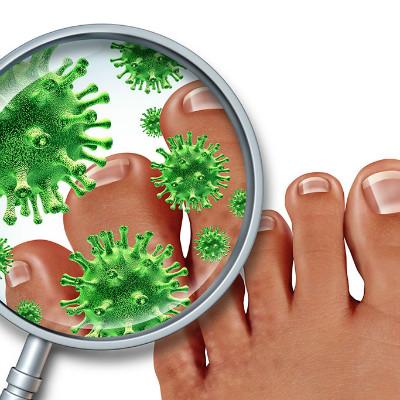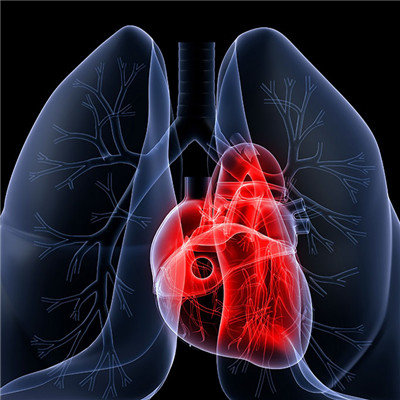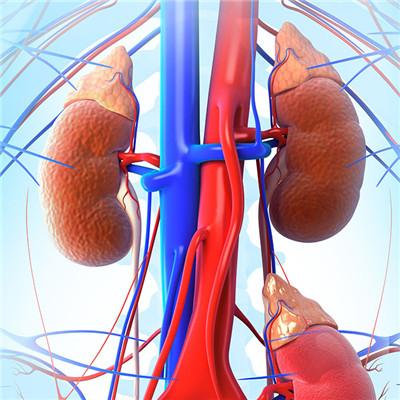How to treat myasthenia gravis
summary
If myasthenia gravis crisis occurs, you should rest in bed, keep a good mood and quiet heart, keep the indoor air unobstructed and fresh, remove nasal and oral secretions, and keep the respiratory tract unobstructed. So we must do a good job of the disease related work, then how to treat myasthenia gravis.
How to treat myasthenia gravis
Treatment 1: corticosteroids are commonly used. It can be treated with high-dose pulse therapy, such as prednisone, or with high-dose methylprednisolone. After the symptoms are improved, gradually reduce the dosage, and then use the maintenance dosage. The medication can last for several years. This method is suitable for severe patients. At the beginning of medication, the symptoms may worsen, which should be observed. Hormone therapy is effective for most patients, can alleviate the condition for several months to several years, some patients can gradually stabilize the condition. If the hormone effect is not good, cyclophosphamide and azathioprine can be considered.
Treatment 2: hormone or immunosuppressive therapy. The patients over 35 years old with poor therapeutic effect or continued deterioration can be treated with thymectomy regardless of thymic tumor. Most patients have good curative effect after operation.
Treatment 3: the difference between myasthenic crisis and cholinergic crisis should be distinguished first in crisis management. If it is difficult to distinguish between myasthenic crisis and cholinergic crisis, epenol ammonium chloride can be used, but assisted breathing should be prepared. If the symptoms worsen, it is cholinergic crisis, and atropine should be injected immediately. If it is myasthenic crisis, neostigmine can be injected, combined with ephedrine and potassium chloride.
matters needing attention
I would also like to emphasize that myasthenia is called "flaccidity syndrome" in traditional Chinese medicine. The causes are classified into five categories, namely lung heat and fluid injury, dampness heat immersion, spleen and stomach weakness, liver and kidney deficiency, blood deficiency and blood stasis. However, these pathogenesis are independent and interrelated. TCM has made a detailed syndrome differentiation in theory. At the same time, it is guided by the principles of clearing lung and nourishing Yin, regulating liver and kidney, strengthening tendons and bones, harmonizing spleen and stomach, Qi and blood, etc.
















